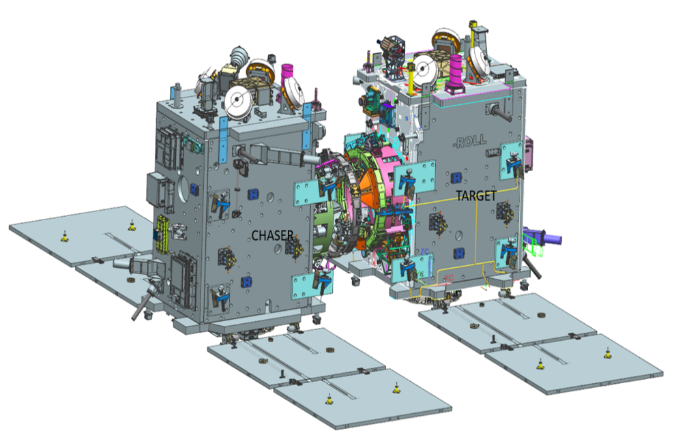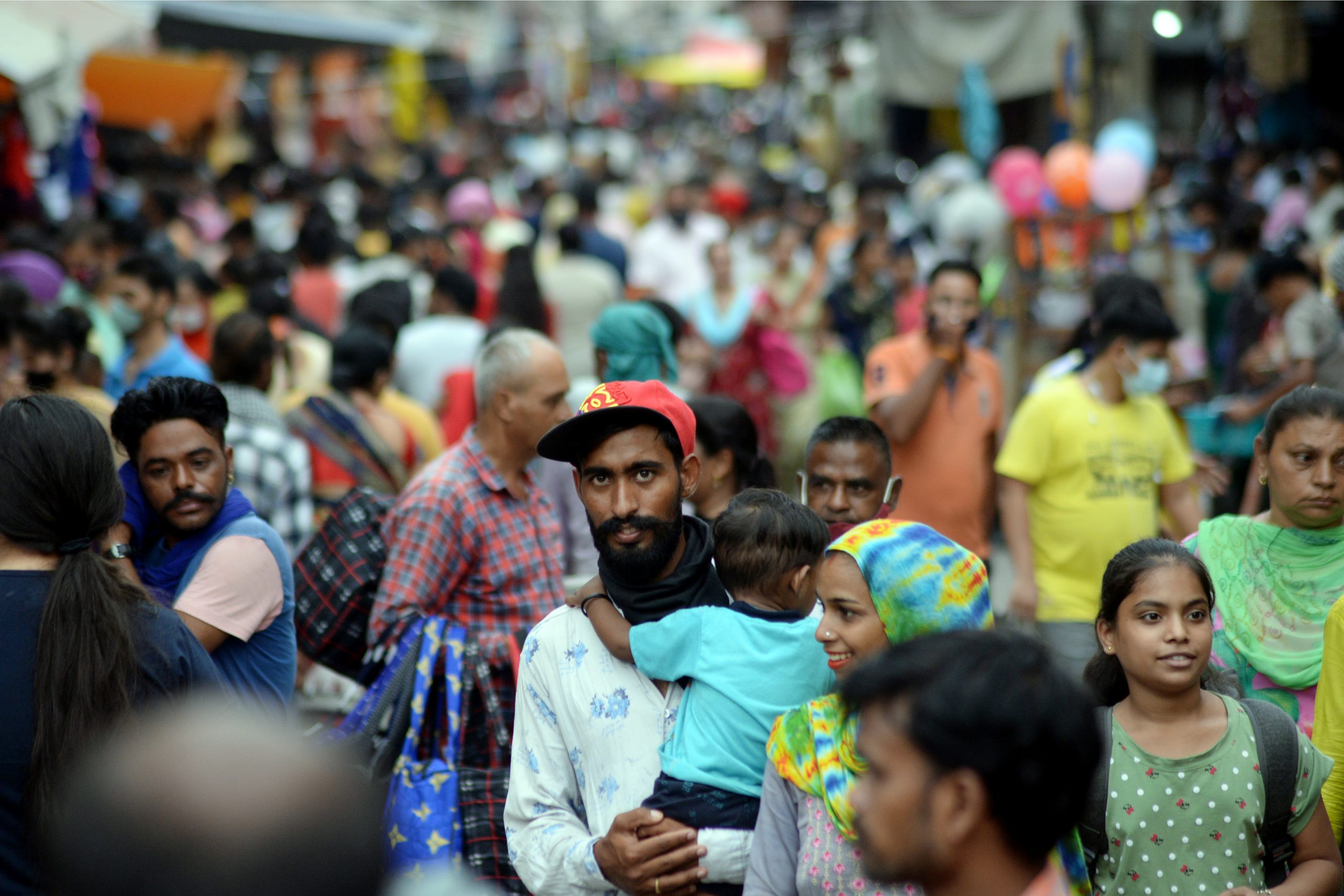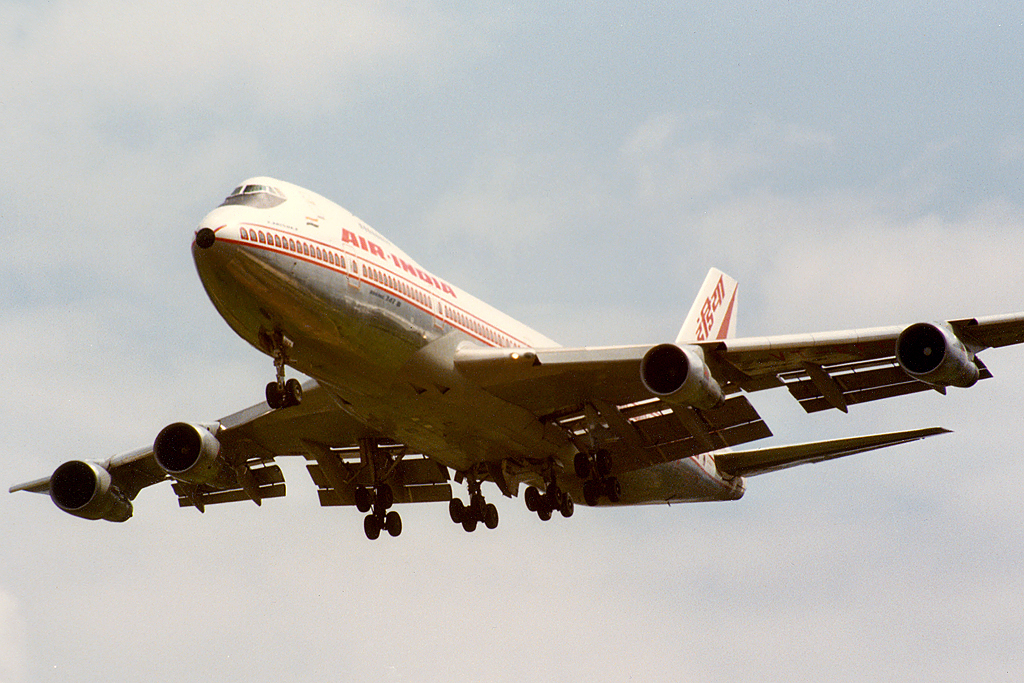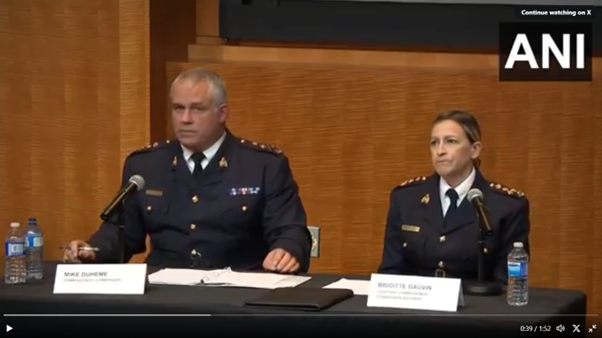Our Bureau
Sriharikota, India
In a significant milestone, the Indian Space Research Organisation (ISRO) on Monday launched PSLV-C60 with SpaDeX and innovative payloads from Sriharikota in Andhra Pradesh.
ISRO’s year-end mission is historic as it seeks the rare feat of docking or merging or joining together two satellites in space. The project has been named “Space Docking Experiment” (SpaDeX). The first stage performance is normal.
“The success of this mission is vital for India’s future space ambitions,” Science and Technology Minister Jitendra Singh had said earlier.
SpaDeX mission is a cost-effective technology demonstrator mission for the demonstration of in-space docking using two small spacecraft launched by PSLV. The primary objective of the SpaDeX mission is to develop and demonstrate the technology needed for rendezvous, docking, and undocking of two small spacecraft (SDX01, which is the Chaser, and SDX02, the Target, nominally) in a low-Earth circular orbit.
“Docking is mandatory. For human space missions also, when you want to attach to an international space station, humans should pass through this docking mechanism. So that way it will be a technology demonstrator,” said N Surendran, SpaDeX project director.
The technological challenge has been mastered only by a few countries and the indigenous technology used for this mission is called the “Bharatiya Docking System”.
“Two spacecraft will be separated in the circular orbit around Earth. They will be kept apart around 20 km and gradually after a few days, they will be brought closer and closer…finally, both will be joined together…if we succeed in this experiment, India will become 4th nation in the world after Russia, China and USA, to successfully conduct that experiment,” explained Subhendu Pattnaik, Space Scientist.
Docking technology is key for long-term missions like “Chandrayaan-4” and the planned Indian space station. It is also crucial for the eventual manned “Gaganyaan” mission.


























